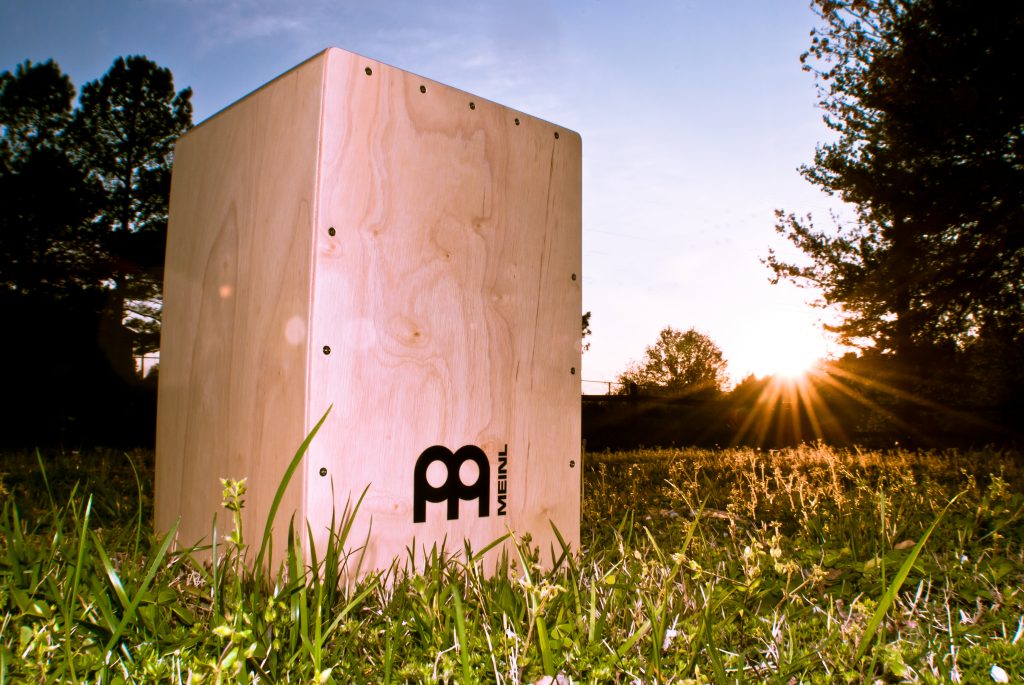The warp and woof of any music is its rhythm and melody and we all know that drums are the rhythmic backbone of a track. It is jarringly surprising how the subjective feel of a melody or harmony changes when played with drum beats. So yeah, we know the impact of drums on a musical piece, it brings the music to life. However we cannot deny the fact that full drum kits get a little overkill sometimes. Now the issue is that without them the drama and effect goes missing from the track, but then just like everything else there is an alternative for this as well- hand drums.
Out of the various kinds of hand drums, Djembe and Cajon are an amazing replacement for those humongous drum kits. Over the past couple of years, these have become increasingly popular in a wide range of musical styles. They can also be an ideal entry point for set players who are seeking to expand their percussive palette.
Now when it comes to the sound of these instruments, well, describing the sound of any kind of drum is just like describing the taste of a dish- it is something that cannot be put into words easily but there are a few things that can be said to understand more about them. The cajon has various frequencies that mirror the sound of a drum set while djembe is an unusually loud drum keeping in mind its size. They work on three basic sounds- base, tone and slap and guess what, these hand drums are very easy to learn. Learning to play djembe and cajon is not as complex as learning to play a drum set is and this is another reason they are getting more limelight these days. In fact it won’t be surprising if on a bright Sunday morning when you are sitting on a park bench, you find a djembe group producing a rhythmic music that locks you into an ethnic ‘world beat’ feel.
These hand drums have a high convenience quotient. These are best suited for those who play more open mic gigs in cafes, restaurants, weddings, events and more. Being space-conservative, djembe and cajon take almost no room at all and are way quieter when compared to a drum set. These instruments are easily available in the market and are not very expensive, specially when compared to a drum set. You can easily find a decent djembe or cajon under 10,000 INR, making them appropriate for value-conscious musicians. Another good part about these hand drums is that they are very lightweight which makes them easy to carry around. In fact, djembes are light enough to be strapped on so you can play standing up and also move around while you play.
Cajon and djembe are a great alternative for those huge drum kits that will lighten your cargo loads but intensify your rhythm and beats. For more creative sounds, you can pair them up with egg shakers, brushes or any other rhythm producing elements. Now that you know what to look and listen for in those two drums, it’s time for you to head down to the drum store near you and try them out for yourself. Find the one that not just speaks to the crowd, but also to you. Keep drumming along, feed that rhythm to your melody and create a music that brings people together in spirit, in celebration and in harmony because music is unequivocally the food of love.












